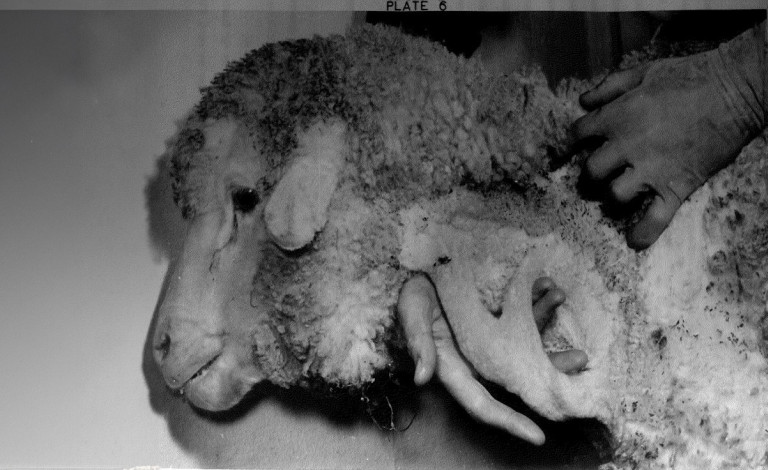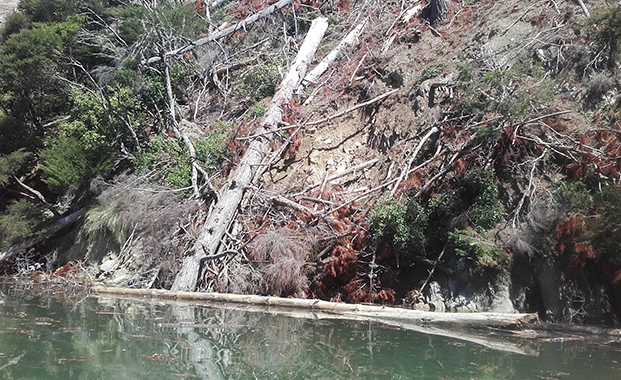Research seeks to boost kiwi repopulation efforts
16 September 2021 | News
Releasing a higher number of kiwi into large predator-controlled areas could increase the success of efforts to help their survival in the wild, new Lincoln University research shows.
Kiwi translocation review: are we releasing enough birds and to the right places? is co-authored by Lincoln University’s Peter Jahn, PhD candidate, and Associate Professor James Ross, along with the University of Canterbury’s Fernando Cagua, Verum Group’s Laura Molles, and the Department of Conservation’s Jen Germano.
Translocations are intentional movements of wildlife by humans from one place to another and are often used in conservation management.
The research looked at more than 100 translocations of relocated wild or captive-hatched kiwi over more than 120 years.
It found that translocations have played a vital role in conserving the rarest kiwi: Little Spotted Kiwi, Rowi, and Haast Tokoeka. However, most translocations have been for North Island Brown Kiwi.
Early translocations from the turn of the 19th century until the 1980s often failed and those populations that still persist need management to survive in the long term.
However, the majority of all kiwi translocations has occurred over the last two decades. While several of these recently translocated populations have successfully established in the new areas, for most of them, the researchers found, it was too soon to assess if they will persist in the medium-long term.
Releasing higher numbers of birds in predator-free or large predator-controlled areas was found to have the best chances of success. Larger areas had fewer birds wander out to establish their territories and provided more space protected from mammalian predator incursions.
More birds in a translocation also gave a larger gene pool to increase long-term breeding success, another area that needed consideration according to the research.
Translocated wild-caught and captive-sourced birds survived on average substantially longer compared to younger birds raised from eggs in captivity, particularly at sites that were not predator-free.
It also advocated monitoring and managing the population after the releases of the new birds to help them overcome any obstacles. For populations that did not have ongoing monitoring, it was not possible to tell if they were doing well and if they needed management intervention to address any post-translocation issues.
Mr Jahn said differences in kiwi survival – based on the type of released birds and release site’s area size and predator status – should be considered during translocation planning.
He also encouraged a standardised monitoring approach, increased reporting, and publishing the outcomes of translocations, to ensure data was available for research to help future success.
“Translocations of kiwi are one of the most common and growing types of conservation translocations in New Zealand. However, their outcomes remain mostly unpublished, which does not allow for sharing of lessons learnt from past developments.”
“We hope this review and its recommendations will assist kiwi survival.”


